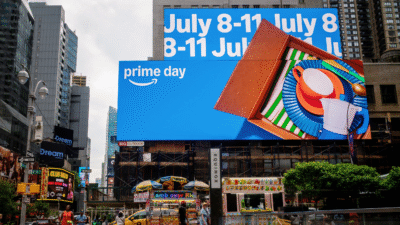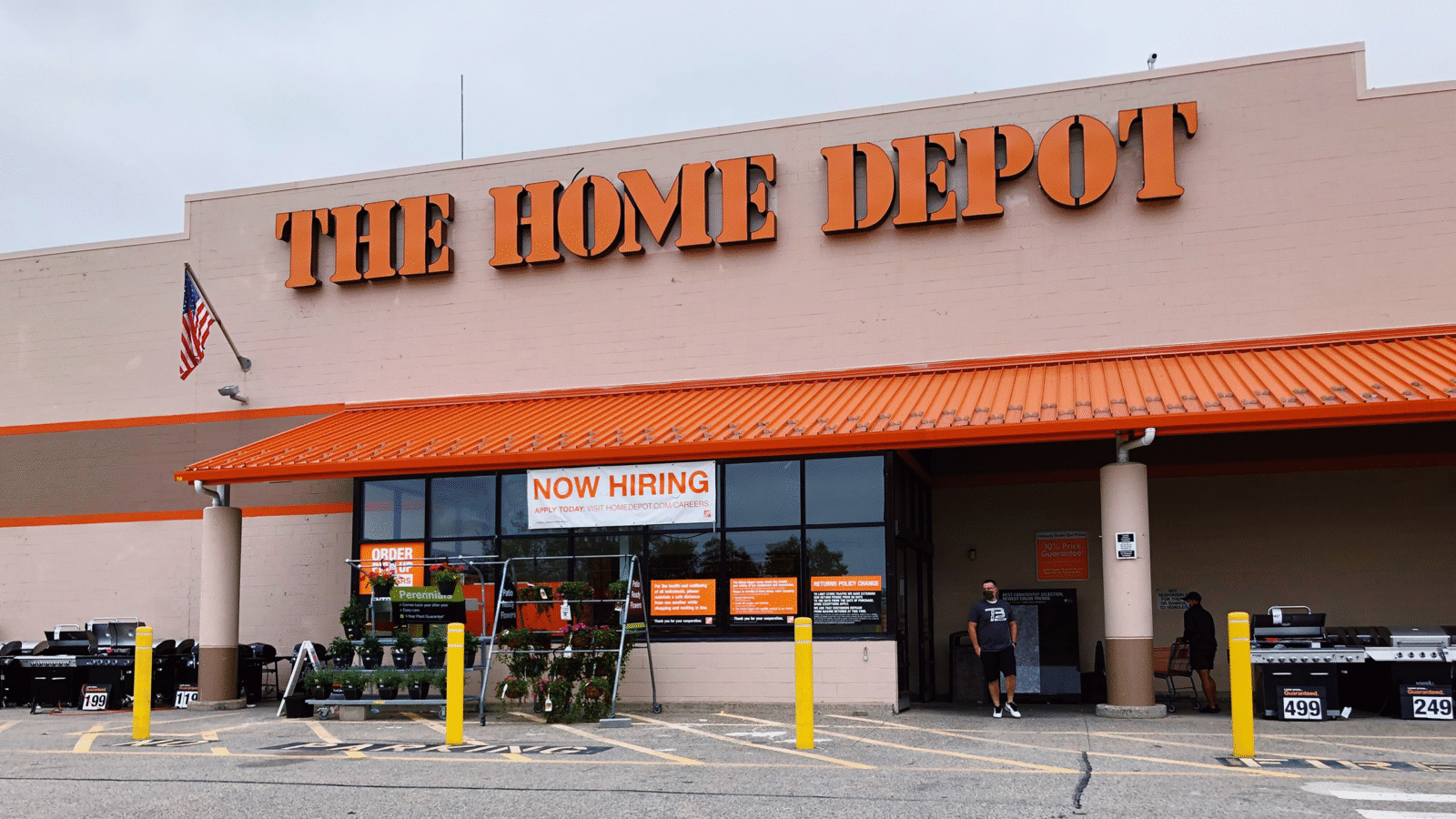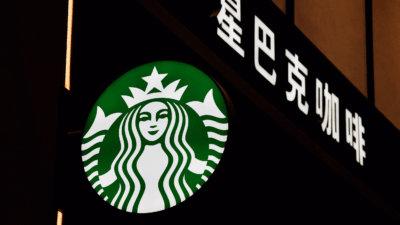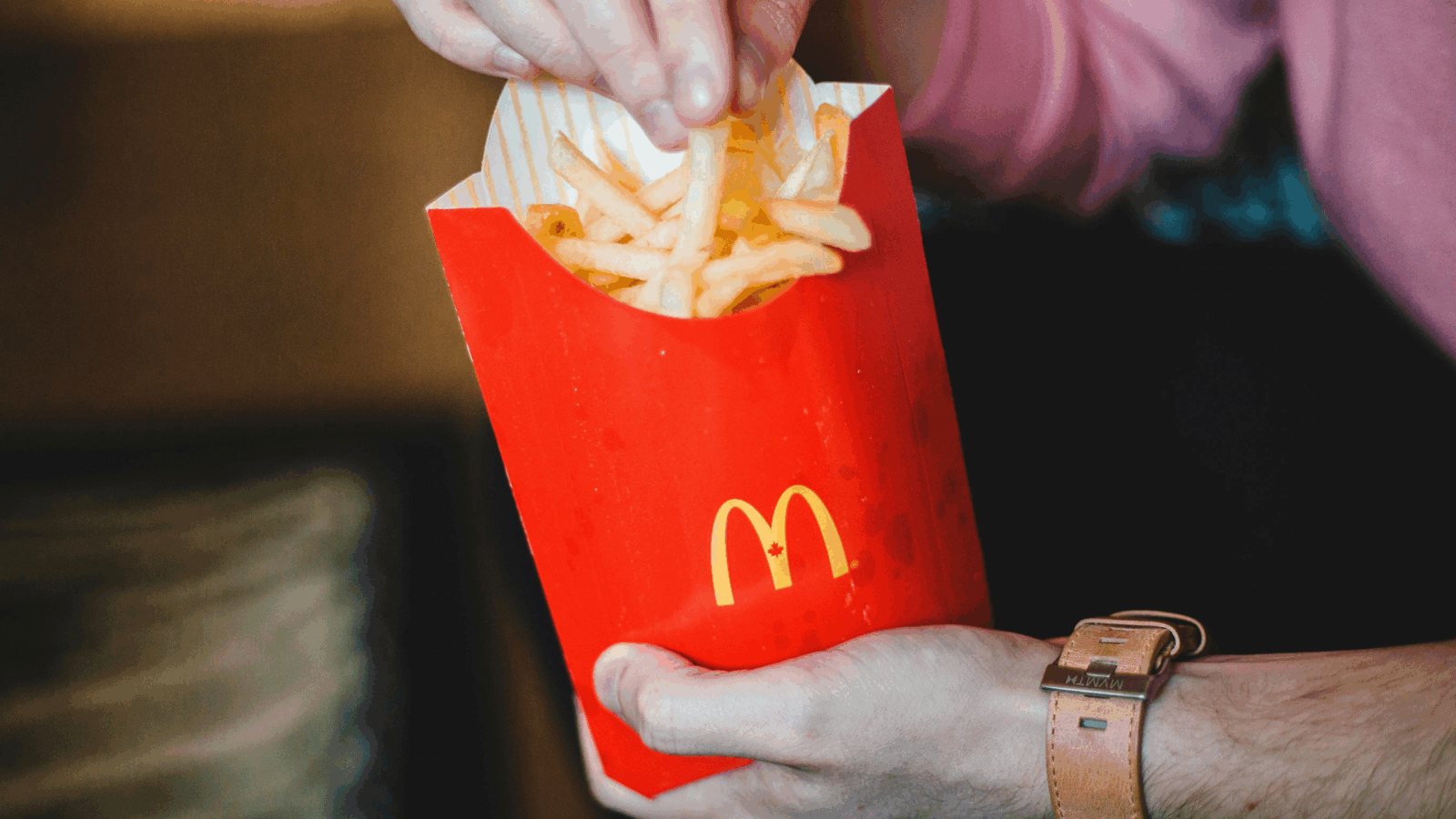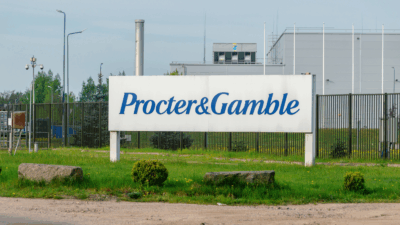
Sign up for smart news, insights, and analysis on the biggest financial stories of the day.
Even before the US Federal Reserve starts hiking interest rates more aggressively — a surefire way to discourage spending — some investors are already in a tizzy about the state of the American consumer.
The reason: last week’s results from big retailers suggest consumers are in worse shape under inflation than many realize. Not only is this stoking fears of a recession, but big retailers’ stocks — promoted as safe havens just two weeks ago — have suddenly turned in a Black Monday-worthy performance.
Big-Box Stores: From Stock Score to Bore
Until last week, the S&P 500 Consumer Staples Index — which features big-box retailers like Target and Walmart, along with pharmacies and food producers — was one of only three segments on the S&P 500, also including energy and utility stocks, that hadn’t declined in 2022. Oh, how things have changed.
Last week, Walmart — considered by many a bellwether of the US retail sector, and thus a proxy for the state of the American consumer — surprised investors by cutting its earnings guidance. Rival Target issued a similar warning. Both stocks proceeded to have their worst day since the infamous Black Monday of 1987 and, by week’s end, the Consumer Staples Index was down 8.9% for the year. Such results lead to two concerns: that consumers have hit the cap on what they’re willing to spend, and that retailers can’t keep up with costs. The jury’s out on which one is weighing heavier on the sector:
- Last month, Visa’s spending momentum index, which tracks credit and debit card spending, fell to its lowest level since February 2021. Visa said consumers are spending more on food and gas, which hurts their ability to pay for discretionary items. “Their wallets are being squeezed,” said Kohl’s CEO Michelle Gass, whose company also slashed its profit targets last week, on an investor call.
- On the other side of the equation are companies absorbing equally significant hits: Walmart’s fuel costs in the last quarter were $160 million higher than planned. Another unexpected wallop comes from inventory: companies who paid the price for not having it on hand pre-pandemic are now paying the price for a lesson learned too well. Target’s inventory is up 43% from a year ago, Walmart’s — 32%; whatever your economies of scale, all that stuff costs money to buy and store
Keep in Mind: “During most of the big sell-offs of my lifetime — 2009, the dot-com bubble or 1987 — almost every one of these times, within two years you saw very strong recoveries,” retail investor Richard Thalheimer told the Financial Times. Now, if only someone had a time machine to 2024.


